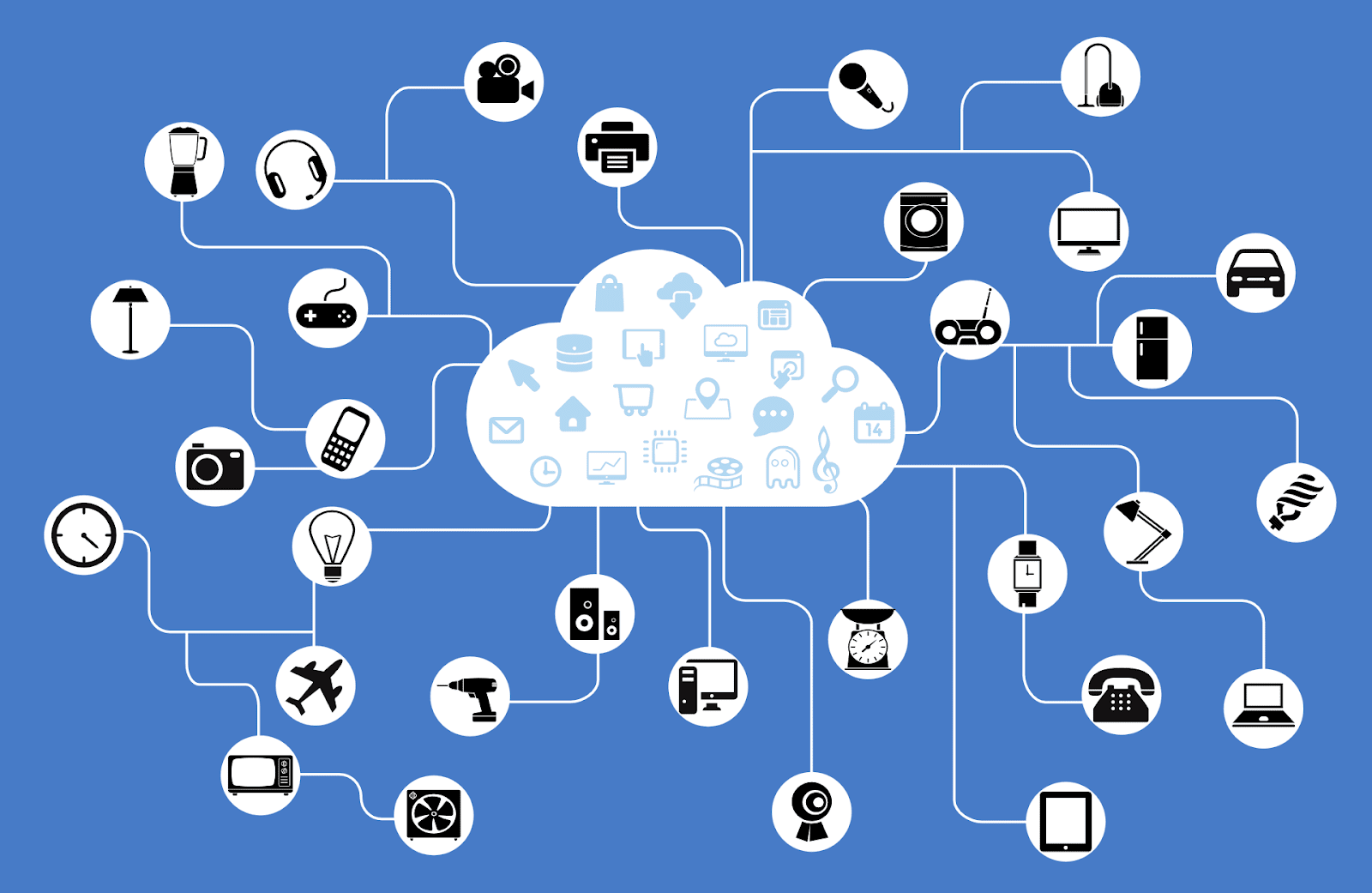Hybrid IT management is a process of placing the individual workloads in optimal environments along with coordinating the operations throughout the premises and the cloud-based infrastructure. Hybrid IT is a mixture of various IT infrastructure platforms, the legacy on the promise including public or private hybrid clouds that the enterprise uses for satisfying the application workload and the data needs.
The definition of IT is referred to as the split of technology resources that are provided either by the in-house IT organization or the external supplier. The demand for digital business processes and the growth of cloud computing have expanded both the complexity of hybrid IT and its definition.
Challenges faced by Hybrid IT management
A sprawling, as well as diverse IT landscape, is the challenge. In the increasingly digital business environment, change is said to be constant and there is an increasing demand in deploying new applications in a faster way. Old technologies are hard to scale but are slow to change. Various people deploy cloud resources without the IT organization knowing it. Many disconnected IT infrastructures cause broken business processes, delays, and service disruptions. Managing along securing the mixture of IT infrastructures is complicated and costly when the data resides nearby.
What are the benefits?
Hybrid IT provides a wide range of options for delivering IT services. From a strategic standpoint, it enables IT decision-makers to:
- Align the specific technology platforms with some specific applications and the workloads
- Meet the unique needs of different business groups, units, and suppliers together with the customers
- Choose from hybrid cloud offerings
Data is the most important aspect of your computer. Data backup and recovery is the process of copying or archiving files and folders for the purpose of being able to restore them in case of data loss. One can lose the data due to a variety of reasons. Those include theft, flood, fire, file corruption, hardware failure, computer viruses, etc. Data loss includes company data, or any critical financial company plus customer data so a solid data plan is important for all organizations.
IT managers all over the world are buying into what the big vendors tout as clear benefits of the public cloud over the private cloud those are cost-effectiveness, and it has made the main driver move from the private to the public. But truthfully, the distinction between the private and the public clouds is blurred. Before someone analyzes and picks up the solution, one must be aware of the distinction so that you are able to make the call in the proper way.
Data backup and recovery could simply be termed as the process of duplication of data, which allows retrieval of duplicate data sets in case of loss. There are various data backup plans to be considered, these include:
- Data compression method suitable for you
- How often data backups must run
- Which kind of media needs to be selected for storing data?
There are many data backup services, that offer secure as well as safe data recovery services to keep your personal and commercial data safe.
The hybrid cloud is said to be a combination of the public cloud provider with the private cloud platform which is designed to be used by any single organization. The private and the public cloud infrastructures that operate independently of each other also communicate over the encrypted connection with the help of technology which allows the portability of the data and the applications.
How organizations are approaching hybrid IT and hybrid cloud?
In order to gain the benefits, enterprises are implementing various approaches for managing and leveraging the mixed IT infrastructure. Being a part of the same, they are,
- Balancing the change and stability: It includes moving to the new IT service delivery models thereby maintaining the environments that run the core applications and the workloads.
- Whenever it makes sense, the building plans for migrating the application from the legacy to more scalable together with change-ready platforms.
- Governing the cloud adoption along with meeting the user demands for fast delivery and better competitive services.
- Implementing the change management processes throughout the entire IT landscape in order to lessen the business disruption and increase service reliability amongst the great change.
Going ahead with the right approach, hybrid IT is a norm as well as an asset to the enterprise.








